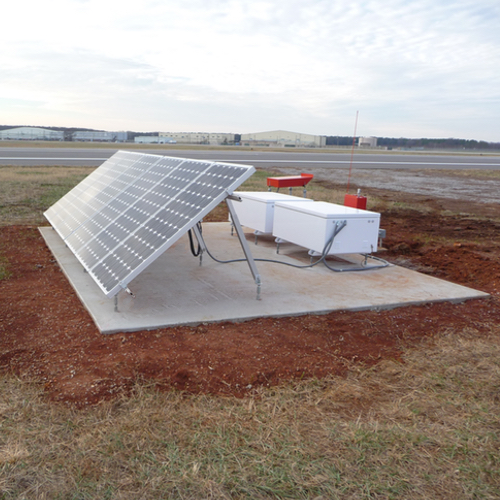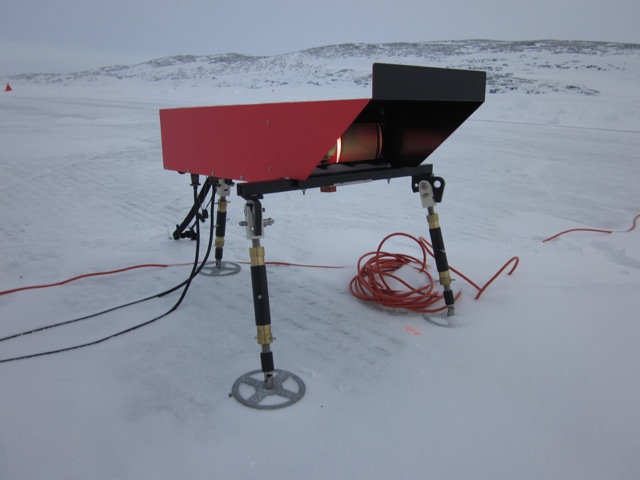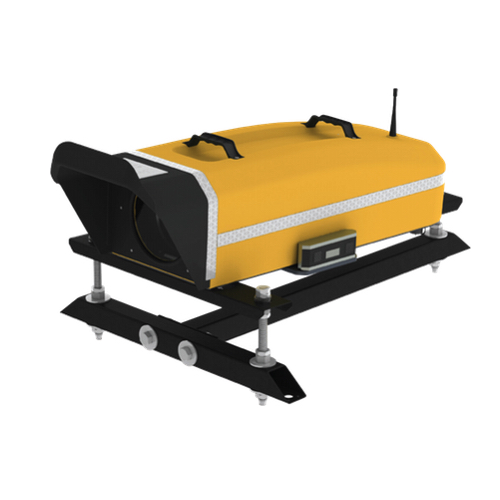How is the Solar LED PAPI (PRECISION APPROACH PATH INDICATOR) controlled?
The Solar LED PAPI is generally controlled by a handheld remote control that can be operated by the ATC tower and/or ground staff. The PAPI can also be controlled by a Pilot Activated Lighting Controller (ARCAL), which gives the pilot the ability to select their desired intensity with the VHF radio.
I’m displacing my threshold temporarily, do I need the Portable PAPI or the Permanent PAPI?
This would depend on the time that the threshold is displaced for. If it is only for a few hours at a time, then the Portable PAPI is the way to go. If it will be for several weeks and/or months, then the Permanent PAPI would be preferable. The advantage of the portable PAPI is that it can be quickly installed and calibrated, but the downside is it tends to need calibrating more often that the permanent PAPI.
IS THE SOLAR LED PAPI ICAO-COMPLIANT?
Yes, the Solar LED PAPI has a compliance statement from a third-party testing lab, showing compliance to ICAO Annex 14 standards.
WHAT IS INVOLVED IN INSTALLING A SOLAR LED PAPI?
Aviation Renewables is more than happy to assist with site plans, work plans and on-site commissioning and acceptance. We’ve installed PAPIs in a wide range of sites, all over the globe. A properly installed PAPI and solar power system generally requires about 6 to 10 cubic meters of concrete in order to avoid shifting of the light units. This can vary dramatically depending on soil conditions and factors for temporary installations. The actual installation of the equipment is generally completed in about 1-2 days, provided the concrete is properly situated and cured.
DOES THE SOLAR LED PAPI NEED A BACKUP POWER SOURCE?
The experts at Aviation Renewables will take into account the location, predicted use and maintenance capability when determining the appropriate solar power system for your installation. Some locations with extreme weather (very dark winters) can have a hybrid system with an electrical generator. However, most locations have more than enough sun to power the LED PAPI throughout the year. Properly sized solar power systems are extremely reliable, and we design our solar power systems with a 25% bigger battery and 25% bigger solar array that is required, just to be safe. Designing this way will ensure that a backup power source is not needed, but can be supplied if requested.
How long will the Solar LED PAPI operate on a charge?
The experts at Aviation Renewables will work with you to ensure a properly sized solar power system is supplied with your PAPI. Factors to take into account are geographic location, expected usage per day and other variables such as portability for temporary installation. LED PAPIs are extremely efficient, and supplying a solar power system that is capable of operating the LED PAPI 24/7/365 is very affordable vs the cost of trenching/cabling and powering a conventional PAPI.
Can the pilot tell it is a solar PAPI? Is there any difference from a normal PAPI?
The only way a pilot would be able to tell that it is solar powered is by the small solar array that is installed just beyond the runway safety area, near the PAPI site. The optics of the PAPI are compliant to ICAO standards, the same as any other PAPI on the market. There is no difference in what the pilot sees from the light beams other than being a little more crisp because of the LEDs.






